Safety and Regulations
10 Best Practices for Professional Tree Pruning and Trimming
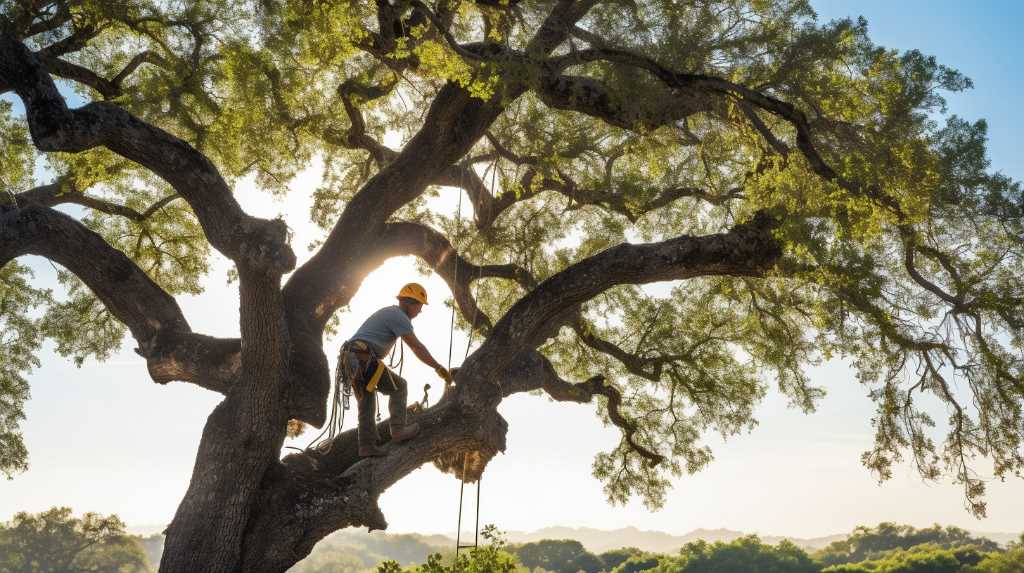
As a professional arborist, I’ve learned that proper tree pruning and trimming is crucial for maintaining the health and beauty of our urban forests. In this article, I’ll share the ten best practices I’ve developed over years of experience in the field.
From understanding tree physiology to identifying and removing deadwood, these techniques will ensure the structural integrity and vitality of your trees.
So grab your tools and let’s dive into the world of professional tree care.
Proper Equipment and Tools
I always ensure that I have the necessary equipment and tools for professional tree pruning and trimming. Having the right equipment is crucial for a successful and efficient job. One of the most important tools is a quality pair of pruning shears. These shears should have sharp blades that can easily cut through branches of various sizes.
Additionally, a sturdy ladder is essential for reaching higher branches safely. A pruning saw is another indispensable tool, especially for larger branches. It should have a sharp, curved blade that can easily cut through thick wood. Other tools, such as a pole pruner, hedge trimmers, and a chainsaw, may also be needed depending on the specific job.
By having the proper equipment and tools, I am able to perform tree pruning and trimming tasks with precision and professionalism.
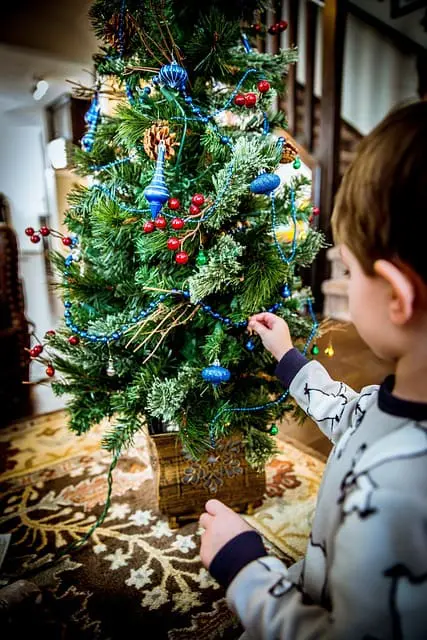
Understanding the physiology of trees is crucial for effective pruning and trimming.
Understanding Tree Physiology
To understand tree physiology, it’s important to analyze the specific needs and characteristics of each individual tree. This understanding allows us to make informed decisions when it comes to pruning and trimming. Here are two key aspects to consider:
- Root System: The root system plays a crucial role in a tree’s overall health and stability. Understanding the depth, spread, and density of the roots helps us determine how much pruning can be done without compromising the tree’s structural integrity.
- Crown Structure: The crown, consisting of branches and foliage, is responsible for photosynthesis and transpiration. Analyzing the crown structure helps us identify weak or diseased branches that may require removal, promoting better health and growth for the tree.
By delving into the specific needs and characteristics of each tree’s root system and crown structure, we can ensure that our pruning and trimming practices are tailored to promote the tree’s long-term well-being and structural integrity.
Now, let’s move on to the next section, where we’ll discuss the importance of pruning for structural integrity.
Pruning for Structural Integrity
When it comes to pruning for structural integrity, there are three key points to consider.
First, proper branch distribution is crucial to ensure that the weight of the tree is evenly distributed and balanced.
Second, by identifying and addressing structural weaknesses early on, we can prevent potential hazards such as branch failure or tree collapse.
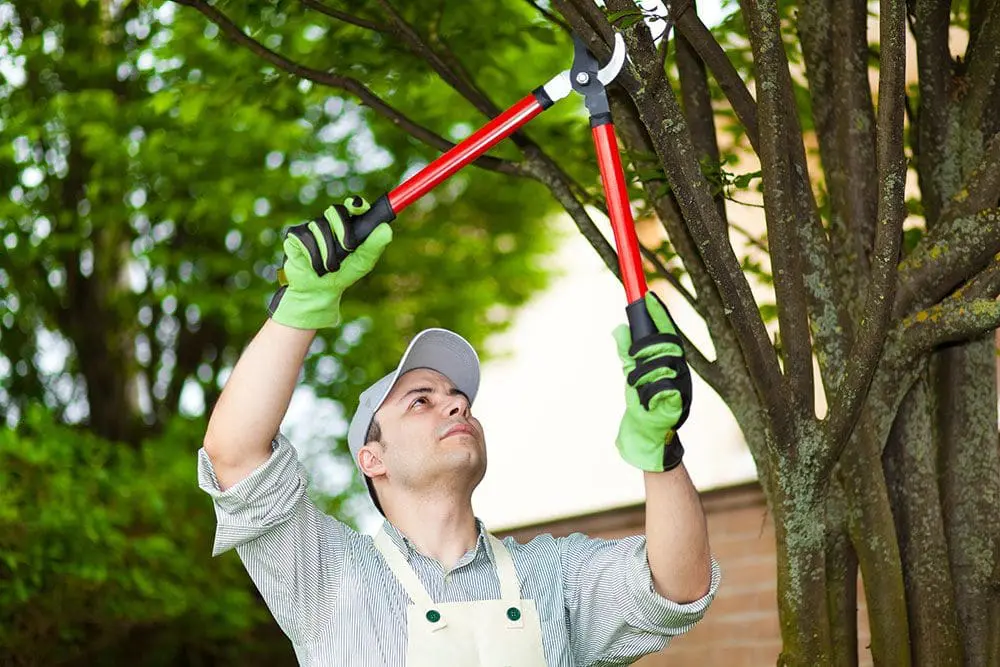
Proper Branch Distribution
Pruning trees for structural integrity involves strategically distributing branches. By properly distributing branches, we can ensure that the tree remains stable and balanced, reducing the risk of breakage or failure. Here are some key considerations for achieving proper branch distribution:
- Branch spacing: Adequate spacing between branches helps prevent them from crowding and rubbing against each other, reducing the risk of damage and disease. It also allows for optimal light penetration and airflow throughout the tree.
- Horizontal spacing: Branches should be evenly distributed around the tree trunk, avoiding clusters or gaps.
- Vertical spacing: Branches should be spaced vertically along the trunk, allowing for a well-balanced and structurally sound tree.
- Branch attachment: The way branches attach to the trunk or main scaffold branches can greatly impact the tree’s structural integrity. Proper attachment ensures strength and stability.
- U-shaped attachments: Branches with U-shaped attachments are generally stronger and less prone to failure than those with V-shaped attachments.
Preventing Structural Weaknesses
As an arborist, I frequently prioritize preventing structural weaknesses in trees through pruning for optimal structural integrity. One of the key techniques I employ is known as crown thinning. This involves selectively removing branches to reduce the density of the tree’s canopy. By doing so, we can improve airflow and reduce the risk of branch failure during storms or heavy winds.
Additionally, I pay close attention to branch attachments, as weak unions can lead to a higher likelihood of branch breakage. I carefully assess the angle of attachment and, if necessary, make strategic cuts to promote better structural support. By addressing potential weaknesses early on, we can ensure that the tree remains secure and stable for years to come.
Transitioning into the next section on promoting tree health, it’s important to note that pruning for structural integrity also contributes to overall tree vitality.
Promoting Tree Health
To promote tree health and ensure structural integrity, I focus on maintaining a well-balanced canopy. This involves the strategic pruning of branches to improve air circulation, reduce the risk of disease, and prevent the formation of weak crotch angles.
Here are two key practices I employ to achieve these goals:
- Crown thinning: I carefully remove select branches to reduce the density of the canopy. This allows for better sunlight penetration and air movement, which promotes overall tree health.
- Crown raising: By removing lower branches, I create clearance between the ground and the lower part of the canopy. This not only improves visibility and access but also helps prevent the spread of pests and diseases from the ground.
By implementing these techniques, trees can thrive in a well-balanced environment that supports their growth and longevity.
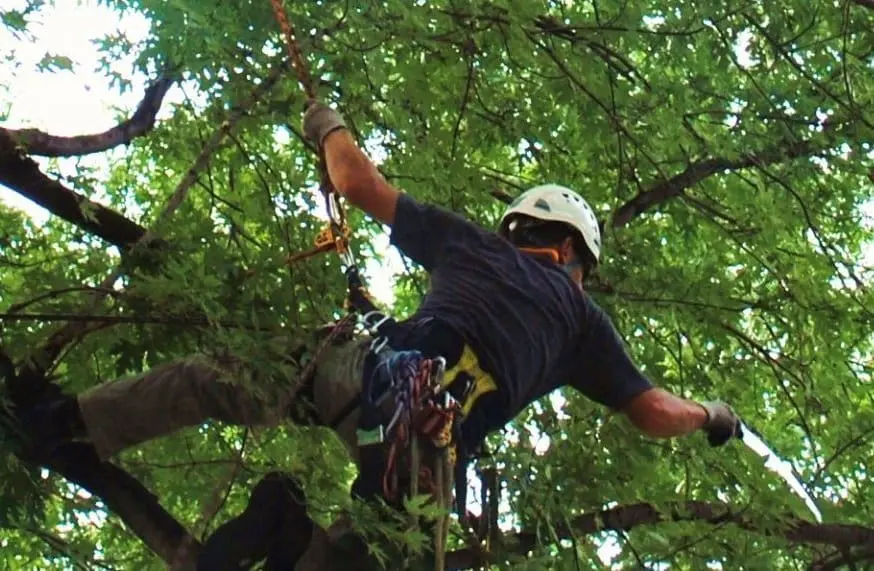
Now, let’s move on to the next crucial step: identifying and removing deadwood.
Identifying and Removing Deadwood
Identifying and removing deadwood is a crucial task in maintaining healthy and safe trees. Deadwood refers to branches or limbs that have died, become brittle, or lost their structural integrity. It’s important to identify and remove deadwood because it can pose serious risks to both people and property. Deadwood is more susceptible to breaking and falling, especially during storms or strong winds. This can cause damage to buildings, vehicles, or even injury to individuals.
Additionally, deadwood can attract pests and diseases, compromising the overall health of the tree. To identify deadwood, look for branches with no leaves or buds, bark that’s peeling or cracking, or branches that are noticeably weak or hanging down. Once identified, deadwood should be promptly removed using proper pruning techniques to prevent further damage or infection.
Regular inspection and maintenance can help ensure the longevity and safety of trees in our surroundings.
Crown Thinning and Reduction
When considering professional tree pruning and trimming, one important aspect to address is the practice of crown thinning and reduction.
Crown thinning involves selectively removing branches to reduce the density of the tree’s crown without altering its overall shape. This allows more sunlight to penetrate through the canopy, promoting better air circulation and reducing the risk of disease and pest infestation.
Crown reduction, on the other hand, involves reducing the height or spread of the tree’s crown, which can be necessary in cases where the tree has grown too large for its surroundings or poses a safety hazard.
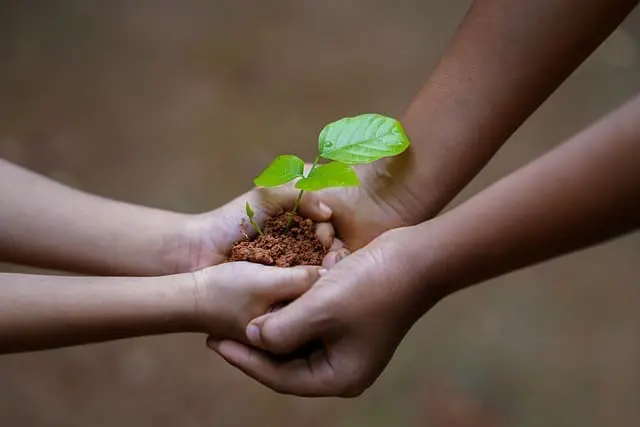
Pruning Young Trees for Growth
As a professional tree pruner, I find that a key aspect to consider when pruning young trees for growth is the strategic removal of branches to encourage proper development and structural integrity.
Pruning young trees is crucial in shaping their growth and promoting overall health. By selectively removing branches, we can help redirect the tree’s energy towards developing a strong central leader and well-spaced lateral branches.
It’s important to identify and remove any competing or crossing branches that could hinder the tree’s growth or cause structural issues in the future. Additionally, removing any diseased or damaged branches can prevent the spread of infection and ensure the tree’s vitality.
Pruning young trees for growth requires careful consideration of the tree’s species, growth habit, and specific needs to encourage healthy growth and establish a strong foundation for the future.
Maintaining Tree Health and Vigor
To maintain tree health and vigor, it’s crucial to employ proper pruning techniques that promote growth. This involves:
- Removing dead or diseased branches
- Thinning out crowded areas
- Shaping the tree to encourage optimal structure and airflow
Proper Pruning Techniques
To maintain the health and vigor of a tree, a professional arborist must employ proper pruning techniques. Proper pruning not only enhances the appearance of the tree but also promotes its overall well-being. Here are two key aspects to consider when implementing proper pruning techniques:
- Selective Pruning: This technique involves removing specific branches that are diseased, damaged, or dead. By selectively removing these branches, the tree’s energy is redirected towards healthy growth, preventing further spread of diseases and improving its overall health.
- Structural Pruning: This technique focuses on shaping the tree’s structure to promote proper growth and reduce the risk of branch failure. It involves removing competing branches, improving crown balance, and maintaining a central leader. Structural pruning ensures the tree’s long-term stability and enhances its ability to withstand environmental stressors.
By employing these proper pruning techniques, the arborist ensures the tree’s health and vigor are maintained, setting the stage for promoting optimal tree growth.
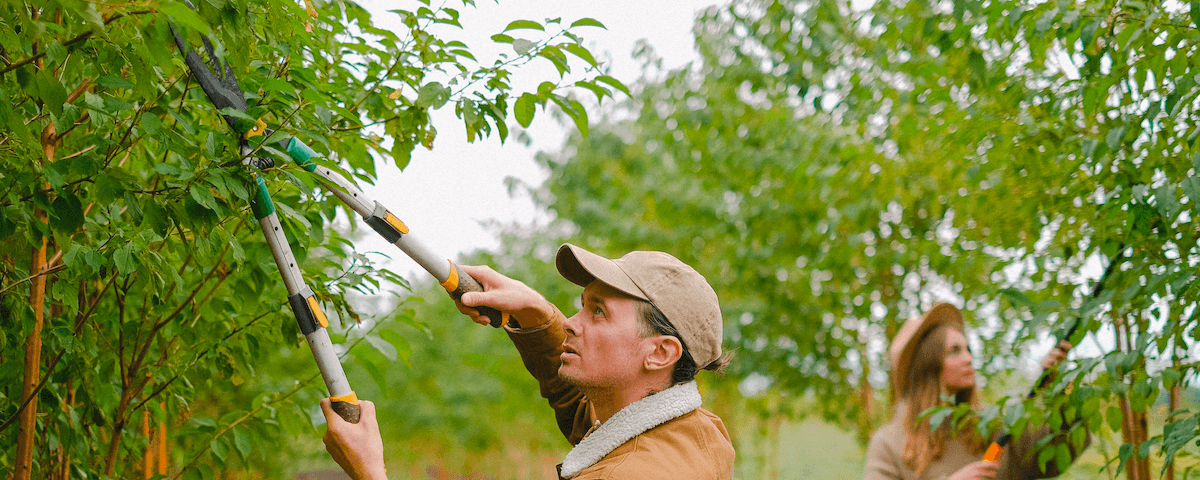
[Transition sentence to next section: Now that we’ve covered proper pruning techniques, let’s delve into the next crucial aspect of promoting tree growth.]
Promoting Tree Growth
Now, let’s delve into how I can promote tree growth and maintain the health and vigor of the tree.
To ensure the tree’s well-being, it’s crucial to provide it with the necessary nutrients and optimal growing conditions. Regular fertilization can supply essential nutrients, such as nitrogen, phosphorus, and potassium, to support tree growth.
Additionally, adequate watering is crucial, especially during dry periods, to prevent stress and maintain vigor.
Pruning is another vital aspect of promoting tree growth. By removing dead, diseased, or damaged branches, we can stimulate new growth and prevent the spread of infections. Furthermore, proper pruning techniques, such as crown thinning or raising, can increase sunlight penetration and airflow, promoting overall tree health.
Regular monitoring and timely intervention are key to maintaining the tree’s vitality and ensuring its long-term growth and survival.
Considerations for Tree Species
When considering tree species, it’s important to take into account their unique characteristics and growth patterns. Different species have different needs and require specific care to thrive. Here are some considerations to keep in mind:
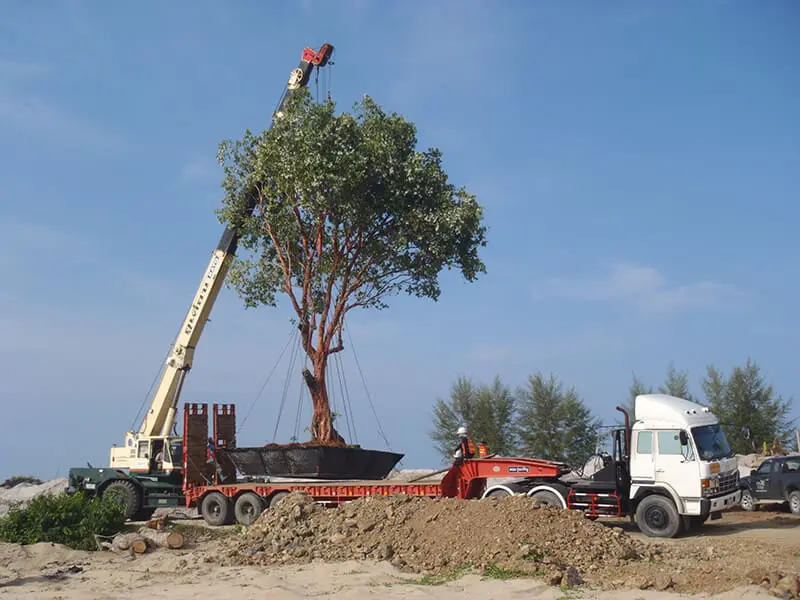
- Growth Rate: Some trees grow rapidly, while others have a slow growth rate. Understanding the growth rate of a tree species is crucial in determining the frequency and intensity of pruning required.
- Branch Structure: Each tree species has its own branch structure, which affects how the tree responds to pruning. Some species have strong, sturdy branches that can withstand heavy pruning, while others have weaker branches that may require a more delicate approach.
- Size and Shape: Trees come in various sizes and shapes, and it’s important to consider this when pruning. Understanding how a tree naturally grows and develops can help determine the appropriate pruning techniques to maintain its natural form.
Timing and Frequency of Pruning
Considering the unique characteristics and growth patterns of different tree species, how often and at what times should I prune and trim? The timing and frequency of pruning depend on several factors, including the type of tree, its age, and the specific goals of the pruning.
Generally, it’s recommended to prune deciduous trees during their dormant period, which is typically in late winter or early spring. This allows the tree to heal before the growing season begins. However, some trees, such as flowering species, may require pruning immediately after they bloom.
Evergreen trees can be pruned throughout the year, but it’s best to avoid pruning during extreme weather conditions. As for frequency, it’s generally recommended to prune young trees annually to encourage proper growth, while mature trees may only require pruning every few years.
With this understanding of timing and frequency, let’s now move on to discussing the safety measures during pruning and trimming.
Safety Measures During Pruning and Trimming
To ensure the safety of both the pruner and the tree, I always abide by a set of essential safety measures during pruning and trimming. These measures are designed to minimize the risk of accidents and injuries, while also protecting the health and integrity of the tree.
Here are two important sub-lists that convey a deeper meaning for the audience:
- Personal Protective Equipment (PPE):
- Wear a hard hat to protect against falling branches or debris.
- Use safety goggles to shield the eyes from sharp objects or flying wood chips.
- Put on sturdy gloves to prevent cuts and blisters.
- Wear non-slip boots with ankle support for stability and protection.
- Equipment Safety:
- Regularly inspect and maintain pruning tools to ensure they’re in good working condition.
- Follow manufacturer’s instructions for the safe and proper use of equipment.
- Use a safety harness when working at heights to prevent falls.
- Keep a safe distance from power lines to avoid electrocution.

Hello there! I’m Logan Foster, the green-thumbed social media marketer behind the vibrant world of 1800TreeGuy.com. With roots firmly planted in arboriculture, I’ve branched out to help clients cultivate their dream outdoor spaces, one leafy canopy at a time. My knack for nurturing nature is more than a profession—it’s a way of life.
When I’m not talking trees and teaching the art of arboreal care, you can find me cheering on the Bulldogs—my alma mater’s pride and my forever team. My environmental studies there didn’t just teach me about ecosystems; they instilled a lifelong passion for protecting our planet.
Off the clock, I’m an adventurer at heart. Whether it’s trekking the Appalachian trails, pedaling down a mountain path, or crafting guides to share the wonders of the wild, I’m happiest with soil under my nails and the sun on my face. And let’s not forget Yoda, my pug sidekick. He may not have mastered the art of stillness, but his joyful grins are my daily dose of happiness.
I’m all about making connections—between people and the great outdoors and between my clients and their ideal landscape visions. My approach is personal; every tree has a story, and every garden reflects its caretaker.
If you want to green your scene or share in my outdoor escapades, give me a shout on Instagram or Facebook. Let’s cultivate a conversation and grow a community rooted in a love for the lush life.







